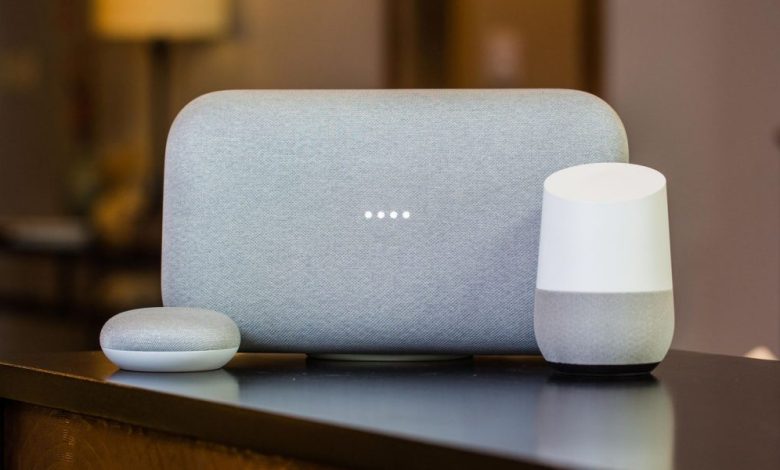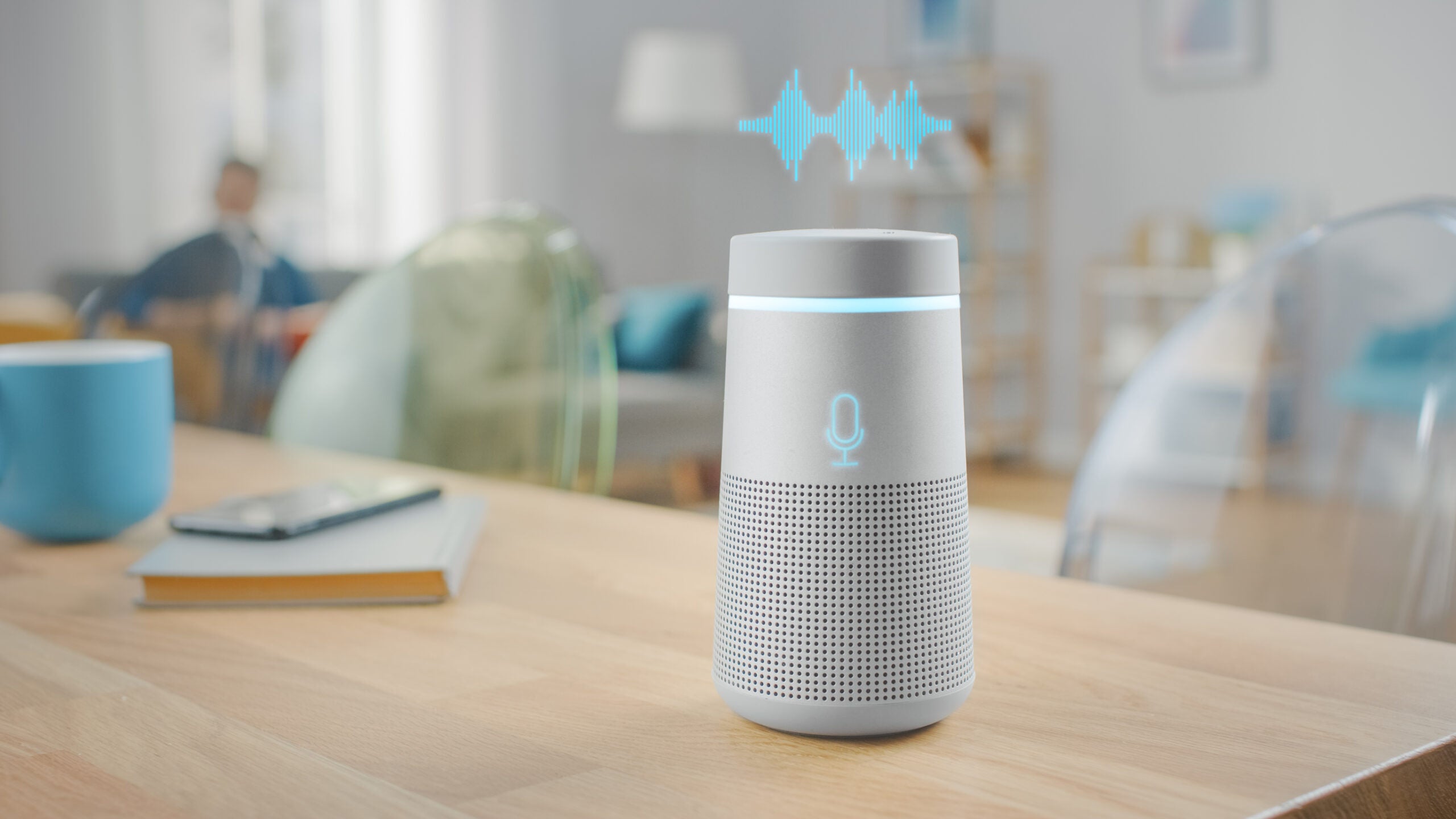Smart Assistants Streamline Work

In the contemporary professional landscape, the demands on an individual’s time and cognitive resources are more intense than ever before. Professionals are not only expected to execute core responsibilities but also to manage an ever-increasing deluge of administrative tasks, scheduling complexities, communication streams, and information overload. This multifaceted pressure often leads to stress, burnout, and a diminished capacity for the strategic, high-value work that truly drives progress. The traditional approach to managing this complexity, relying solely on human effort and basic organizational tools, is increasingly proving insufficient.
However, a revolutionary solution is rapidly gaining prominence, fundamentally reshaping how we approach daily tasks and workflow management: Smart Assistants. These AI-powered entities, ranging from sophisticated voice assistants to intelligent software platforms, are no longer mere novelties but indispensable tools designed to augment human capabilities, automate mundane processes, and provide personalized support. By offloading repetitive, time-consuming chores, Smart Assistants are not just improving efficiency; they are fundamentally transforming the professional workday, allowing individuals and teams to reclaim valuable time and redirect their focus towards innovation, creativity, and strategic decision-making.
This comprehensive guide will delve deep into the mechanics and applications of Smart Assistants, exploring how they leverage artificial intelligence to streamline work across various industries and roles. We will detail specific examples of how these intelligent tools enhance productivity, offer practical strategies for integrating them into your existing workflow, and illuminate the profound impact they are having on the future of work. By the end of this article, you will possess a clear understanding of how to strategically deploy Smart Assistants to reduce administrative burden, sharpen your focus, and achieve unprecedented levels of efficiency and accomplishment.
The Evolution of Assistance

To grasp the transformative power of Smart Assistants, it’s helpful to trace the evolution of how we’ve sought help in the workplace, from human secretaries to today’s AI-driven entities.
A. The Era of Human Administrative Support
Historically, executives and professionals relied heavily on human administrative assistants to manage schedules, correspondence, travel, and various office tasks. This was effective but costly and subject to human limitations in speed and availability.
B. The Dawn of Digital Tools (Early Productivity Software)
The advent of personal computers brought word processors, spreadsheets, and basic calendar software. These tools improved individual task execution but still required significant human input for organization and integration.
C. The Rise of Basic Digital Assistants
Early digital assistants, such as those embedded in operating systems or basic scheduling software, offered rudimentary help like reminders or simple search functions. They were reactive and lacked intelligence.
D. The AI Leap: Smart Assistants Emerge
Modern Smart Assistants represent a paradigm shift. Powered by advanced AI (Natural Language Processing, Machine Learning, Voice Recognition), they are proactive, learn from user behavior, integrate across multiple platforms, and can perform complex, multi-step tasks autonomously. This is where true work streamlining begins.
Core Mechanisms
Smart Assistants enhance efficiency through several key AI-driven capabilities that directly address common workplace inefficiencies.
A. Intelligent Automation of Routine Tasks
This is the most visible and immediate benefit. Smart Assistants can take over predictable, rule-based, and repetitive tasks that consume significant human time.
- A. Calendar and Meeting Management: Assistants can autonomously schedule meetings based on everyone’s availability, send invitations, manage conflicts, and even book meeting rooms, freeing up hours of administrative time.
- B. Email Triage and Response: AI can filter spam, categorize incoming emails, highlight urgent messages, draft standard responses, and even summarize long threads, significantly reducing inbox overwhelm.
- C. Data Entry and Processing: Smart Assistants can extract data from documents, fill out forms, and update databases, minimizing manual input errors and accelerating data-driven workflows.
- D. Information Retrieval: Instead of manually searching through files or web pages, a Smart Assistant can quickly locate specific information, documents, or data points from integrated systems.
B. Proactive Information Delivery and Insights
Beyond simply reacting to commands, Smart Assistants can anticipate needs and deliver relevant information before being asked.
- A. Personalized Updates: An assistant can provide a daily briefing of your schedule, critical emails, and relevant news tailored to your interests or industry.
- B. Contextual Reminders: Based on your location, time of day, or upcoming meetings, an assistant can offer timely reminders or retrieve relevant documents.
- C. Performance Tracking: Some Smart Assistants can monitor your work habits (e.g., time spent on certain apps) and provide insights into your productivity patterns, suggesting areas for improvement.
C. Enhanced Communication and Collaboration
Smart Assistants facilitate smoother, more efficient interactions within teams and with clients.
- A. Meeting Transcription and Summarization: During calls or video conferences, AI can transcribe the conversation in real-time, identify action items, and even generate a concise summary, ensuring no details are missed and follow-ups are clear.
- B. Translation Services: For global teams, AI offers real-time language translation in written and spoken communication, breaking down language barriers and streamlining collaboration.
- C. Smart Chatbots for Internal Support: Within organizations, AI-powered chatbots can handle routine IT requests, HR queries, or provide instant access to company policies, reducing the load on support departments.
D. Personalized Learning and Development
Smart Assistants can contribute to individual growth by streamlining access to knowledge.
- A. Content Curation for Learning: An assistant can identify relevant articles, courses, or training modules based on your professional development goals.
- B. Skill Gap Analysis: Some advanced tools can analyze your work and suggest skills to develop, then recommend resources to acquire those skills.
Smart Assistants in Action
Let’s explore specific examples of how different types of Smart Assistants streamline work across various professional scenarios.
A. Voice-Activated Assistants (e.g., Siri, Google Assistant, Alexa for Business)
These are highly accessible and integrate into everyday devices.
- A. Quick Task Capture: “Hey Google, add ‘send report to Sarah’ to my to-do list for tomorrow morning.” This eliminates the friction of opening an app and typing.
- B. Calendar Queries: “Siri, what’s my first meeting today?” or “Alexa, when is my next appointment with David?”
- C. Information Lookup: “Find me the latest market trends for renewable energy.” (When integrated with enterprise systems).
- D. Smart Home/Office Integration: Controlling office lighting, thermostats, or even initiating conference calls through voice commands.
B. AI-Powered Scheduling Assistants (e.g., Calendly, Acuity Scheduling with AI features, x.ai)
These are specialized for meeting management.
- A. Automated Meeting Coordination: Instead of back-and-forth emails, you provide an AI assistant with meeting parameters, and it finds mutually agreeable times with external parties, sending invites and managing confirmations.
- B. Time Zone Management: Automatically handles time zone conversions for international meetings.
- C. Meeting Buffer Time: Intelligently adds buffer time before and after meetings to allow for preparation and transition.
C. Email Management AI (e.g., Gmail Smart Reply/Smart Compose, Edison Mail, Clean Email)
Revolutionizing inbox efficiency.
- A. Smart Replies: Generates contextually relevant short replies, saving time on mundane emails.
- B. Smart Compose: Suggests phrases as you type, speeding up email composition.
- C. Categorization & Prioritization: Automatically moves newsletters, promotions, or low-priority emails out of your main inbox, highlighting what needs immediate attention.
- D. Unsubscribe Assistance: Identifies and helps you unsubscribe from unwanted email lists.
D. Writing & Content Creation AI (e.g., Grammarly, Jasper, Copy.ai)
Boosting efficiency in written communication.
- A. Grammar and Style Correction: Real-time feedback on grammar, spelling, punctuation, and even stylistic improvements, ensuring professional communication with less manual editing.
- B. Content Generation: AI can rapidly generate drafts of emails, reports, social media posts, or marketing copy, providing a strong starting point and significantly reducing writer’s block.
- C. Summarization: Tools that can condense long documents or articles into key takeaways, saving time on research and review.
E. Project Management & Collaboration AI (e.g., Asana Intelligence, ClickUp AI)
Enhancing team dynamics and project oversight.
- A. Task Assignment Suggestions: AI can suggest which team member is best suited for a task based on their skills and current workload.
- B. Risk Identification: Proactively flags potential project delays or resource conflicts.
- C. Progress Reporting: Automatically generates summaries of project status and team performance.
- D. Smart Search: Quickly finds relevant files, discussions, or tasks within complex project databases.
Integrating Smart Assistants for Maximum Impact

To truly streamline your work with Smart Assistants, strategic implementation and a conscious approach are essential.
A. Identify Your Biggest Time Sinks
Start by pinpointing the specific daily or weekly tasks that consume the most administrative time or cause the most frustration. These are prime candidates for Smart Assistant intervention. For instance, if scheduling meetings is a constant battle, prioritize a scheduling assistant.
B. Embrace Gradual Adoption
Don’t overhaul your entire workflow at once. Introduce one Smart Assistant tool, integrate it, and learn its full capabilities. Once it’s seamlessly part of your routine, consider adding another. Gradual adoption prevents overwhelm and ensures effective integration.
C. Focus on Integration and Interoperability
The true power of Smart Assistants emerges when they work together. Choose tools that offer API integrations or direct connections with your existing ecosystem (e.g., your calendar, CRM, project management software). A fragmented set of tools will create new inefficiencies.
D. Prioritize Privacy and Security
When leveraging Smart Assistants, especially those handling sensitive information (like emails or calendar data), always scrutinize the provider’s privacy policies and security measures. Opt for reputable platforms that prioritize data protection.
E. Provide Clear Instructions and Feedback
Smart Assistants learn from your interactions. The more specific and consistent your commands or feedback, the better they will understand your preferences and improve their performance over time. Treat them as intelligent apprentices.
F. Regularly Review and Optimize
Your workflow and the capabilities of Smart Assistants evolve. Periodically review how your assistants are performing. Are they still saving you time? Are there new features you could leverage? Adjust settings, integrate new tools, or retire those that are no longer effective.
G. Understand Limitations and Maintain Human Oversight
While powerful, Smart Assistants are not infallible. They excel at automation and data processing but lack human nuance, emotional intelligence, and complex, abstract reasoning. Always maintain human oversight for critical decisions, creative tasks, and sensitive communications. Use them to free your mind, not replace it entirely.
Conclusion
The relentless march of technology has presented us with a profound opportunity: to fundamentally redefine the very nature of work. In this new paradigm, Smart Assistants stand as indispensable architects of efficiency, transforming the often-arduous landscape of daily tasks into a streamlined, intuitive, and remarkably productive experience. They are far more than mere digital tools; they are intelligent partners, leveraging the power of Artificial Intelligence to liberate us from the tyranny of the mundane, thereby augmenting our human capabilities and empowering us to focus on what truly matters: creativity, strategy, and impactful connection.
By intelligently automating repetitive processes, providing proactive insights, enhancing communication, and facilitating seamless collaboration, Smart Assistants address the core inefficiencies that plague modern professionals. The time reclaimed from endless scheduling, email triage, and data entry is not just saved; it is reinvested into higher-value activities that drive innovation, foster growth, and contribute to deeper professional satisfaction. This is a shift from merely managing tasks to intelligently orchestrating workflows, allowing individuals and teams to navigate complexity with unprecedented agility and focus.
The journey to effectively integrate Smart Assistants is an ongoing evolution, one that demands a strategic mindset, a commitment to understanding their capabilities, and a keen awareness of their ethical implications. However, the rewards—from a dramatic reduction in administrative burden and cognitive overload to a significant boost in overall output and a healthier work-life balance—are immeasurable. As these intelligent entities continue to learn and evolve, those who embrace them thoughtfully will not merely adapt to the future of work; they will actively shape it, unlocking a new era of augmented productivity where human potential is amplified, and the daily grind is replaced by purposeful, efficient achievement.



